How to Make a Classic English Cottage Loaf!
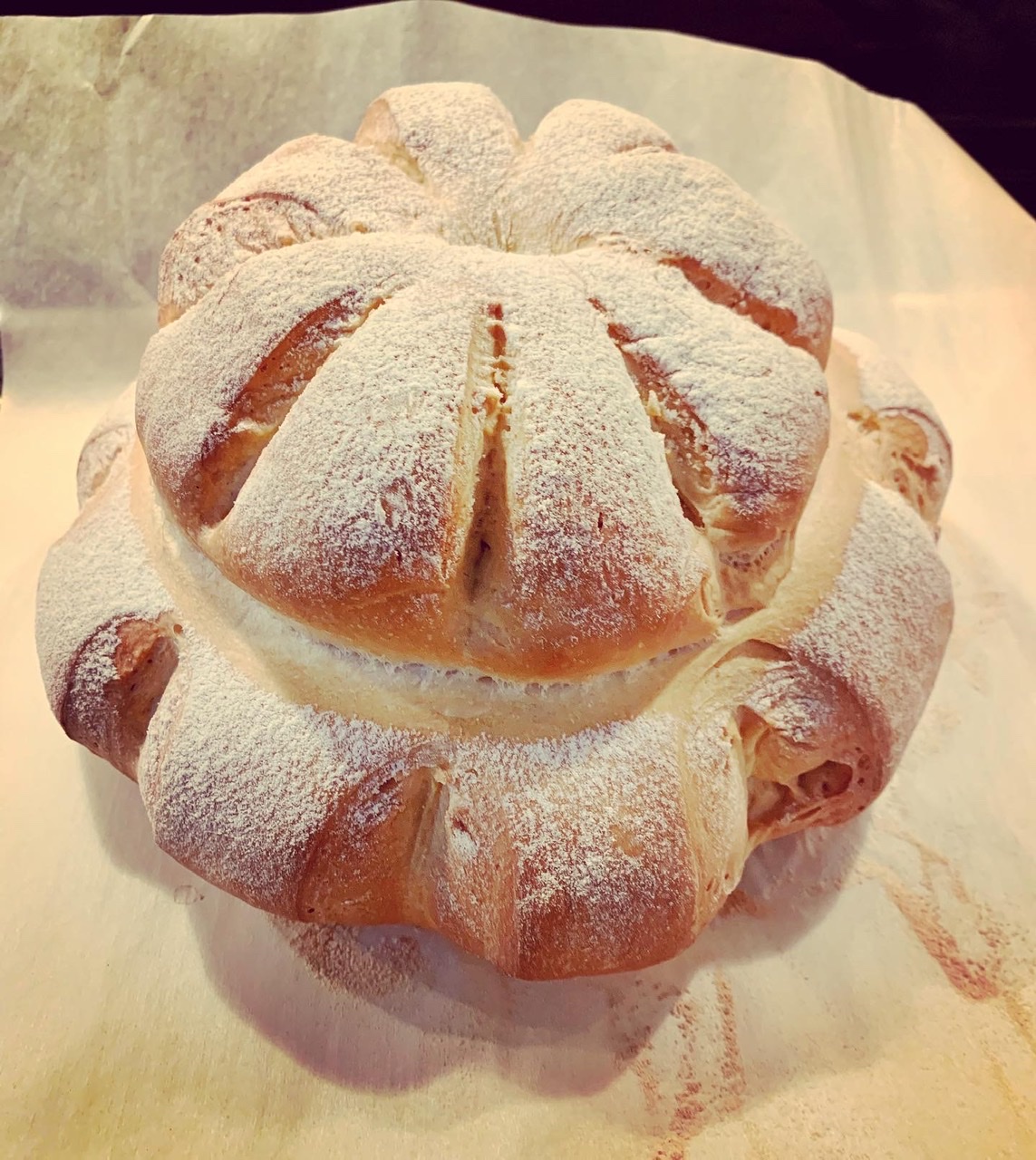
October 20, 2020. Sunny and warm. Classic English Cottage Loaf.
Jump to RecipeMy favorite baking show, the Great British Bake-Off (or the Great British Baking Show in the US) is back on air and I am revisiting some of the delicious bakes featured in past seasons.
First off, I think this is a really cool iconic shape – it looks like a bread snowman. Then, when I actually made one, it looks like a lopsided B-B-8 Droid from the Star Wars movie! When I made it once again, I now think it looks like a stacked pumpkin. 😂 Well, whatever the shape maybe, it was lots of fun to make and relatively easy to pull together.

The bread is soft on the inside and wonderfully crusty on the outside. It has a close crumb (bakers’ speak for small holes) and slices of it taste lovely with pats of butter and jam or perfect for dunking into spicy curry. Thicker slices are sturdy enough for a hearty sandwich (reminiscent of ploughman’s lunches?).
I used Paul Hollywood’s recipe on the BBC website with some small tweaks and American measurements for ease of use. The hands-on time is probably about 15 to 20 minutes and the rest is just resting and waiting for the dough and yeast to do their thing.
Let’s bake!
Ingredients for English Cottage Loaf
4 cups (500 g) bread flour* (or high protein flour) plus more for dusting
2¼ tsp (7g) fast-action dried yeast
1¼ tsp (7g) fine salt
3½ Tbs (50g) of unsalted butter, shortening or lard, softened, cut into small pieces
1¼ – 1½ cups (300-450ml) lukewarm water
Olive oil to grease bowl
You will need a parchment lined baking pan and sharp knife to score the dough.
*In a pinch, if you do not have bread flour use the following substitute: for every 1 cup of All Purpose Flour, add 1 teaspoon of Vital Wheat Gluten. Whisk to combine and it’s ready to go.
Making English Cottage Loaf
Dough
If using a stand mixer, pour flour, yeast and salt into a mixer bowl. Add the butter (or lard, shortening) and pour in about 1 cup (225–250ml) of water. Stir, then add a further ¼-½ cup (75–100ml of water) a little at a time, until all the flour is incorporated and the dough is soft but not soggy. Mix on low-medium for 5- 6 minutes, until it is smooth and silky.
If kneading by hand, pour flour into a large bowl, add the yeast to one side and salt to the other. Add the softened butter (or lard, shortening) and pour in about 1 cup (225–250ml) of water. Mix using one hand, then add a further ¼-½ cup (75–100ml of water) a little at a time, until all the flour is incorporated and the dough is soft but not soggy. Tip the dough onto a lightly floured work surface and knead for 5–10 minutes, until it is smooth and silky.
Next, place the dough in a lightly oiled bowl, cover and leave to rise for about 1 hour, or until it has doubled in size.
Shaping the Dough
When ready, tip the dough onto a lightly floured work surface.
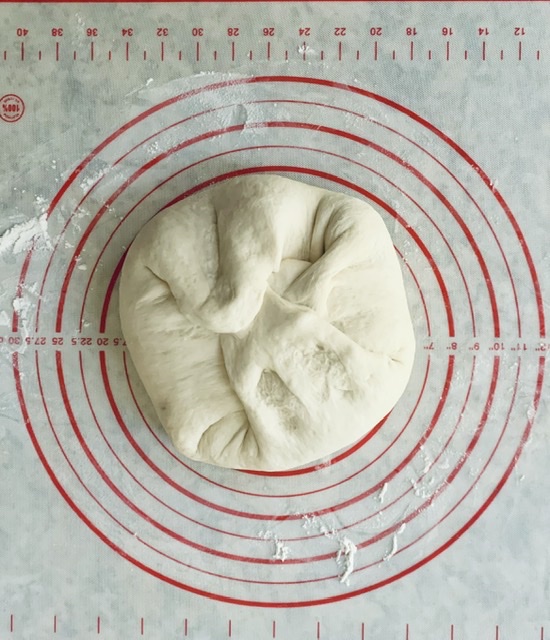
Fold dough inwards repeatedly to knock out the air and ensure that it rises upwards, rather than outwards.
Pinch off one third of the dough and set aside.
Take the larger piece and shape into a ball. Flatten the dough into a rough rectangle, then roll it out. Fold the top down and the bottom up until you have a thick belt. Then fold the two ends to the centre and press them down and you will have a chunky block.
Turn the dough over. Cup both hands around the dough and move the dough around the work surface in a circular motion for a few times. This tucks the dough under itself creating a taut surface. Repeat until the surface is smooth and taut.
Place the shaped large ball of dough on the prepared parchment lined pan. Repeat the rolling and shaping for the smaller piece of dough. When done, place the smaller ball on top of the larger ball, like a dough snowman.
Creating the Classic English Cottage Loaf Shape
To join the 2 balls, dust your index and middle fingers with flour. Push them through the centre of the loaf all the way to the bottom, until you touch the pan. Do this twice to make sure the top and bottom balls are firmly joined together.
Next, use a sharp knife to cut 8 slashes on both the top and lower part of the loaf.
Then, carefully cover with plastic cling wrap (or put entire tray into a large plastic proof bag) and let it rest for about an hour. Preheat oven to 415°F (230°C/210°C fan/Gas 6–7) and put in an oven proof pan (I used my handy Le Creuset cast iron pan) at the bottom of oven.
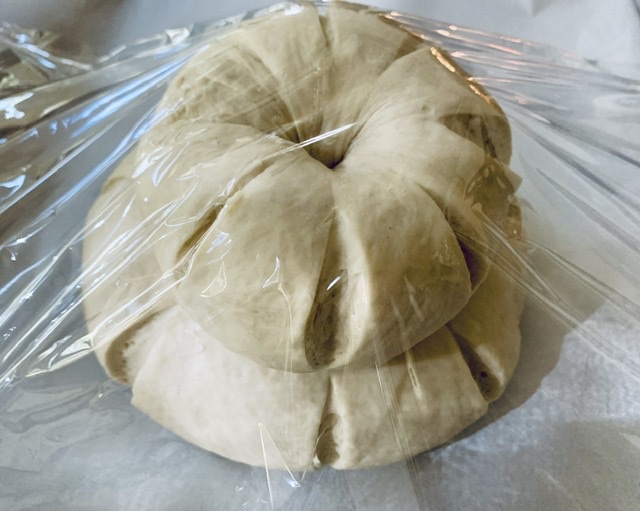
Baking
When ready, remove wrap and lightly dust with flour.

Place the pan into the oven. Fill the prepared heated pan with water to create steam and quickly shut the oven door.
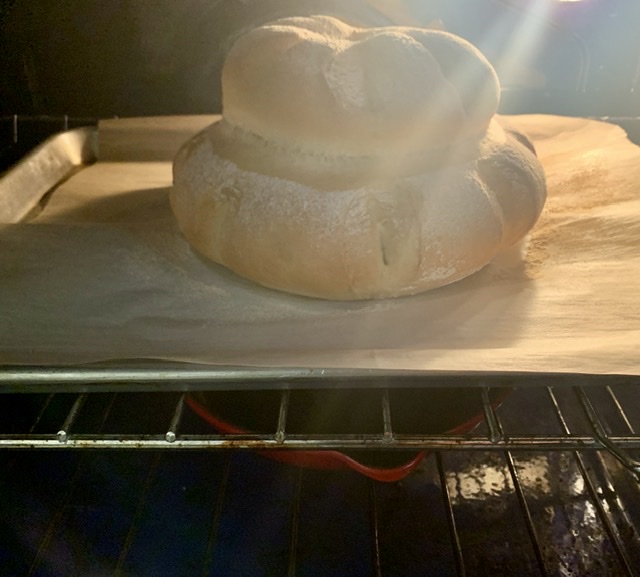
Bake for 15 minutes, then lower the oven to 375°F (190°C/170°C/Gas 5) and bake for another 20 minutes, or until the surface is golden brown. Gently tap the bottom of bread – it should sound hollow. If not, let the loaf bake for another 3-5 minutes.
When ready, remove from oven and transfer to cooling rack. Your classic English cottage loaf is ready!

Notes on the Classic English Cottage Loaf
I found this snippet on Food of England which talks a bit more about the Cottage Loaf. Did you know it was considered the most common bread form until the second world war? If you are interested, check in out here => http://www.foodsofengland.co.uk/cottageloaf.htm
Also this short article from British Food History => https://britishfoodhistory.com/2020/07/01/a-cottage-loaf/
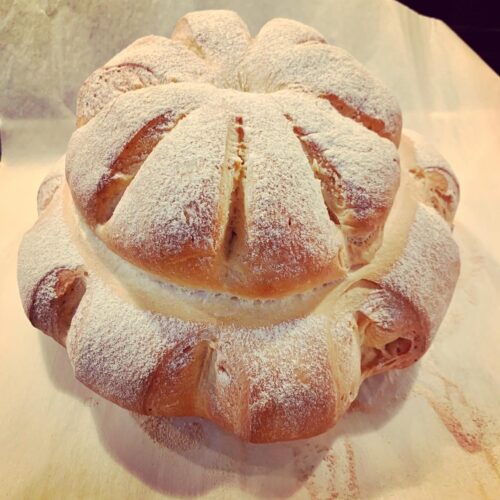
Classic English Cottage Loaf
Equipment
- Baking pan lined with parchment paper
- Sharp knife for scoring dough
Ingredients
- 4 cups (500 g) bread flour (or high protein flour) plus more for dusting
- 2¼ tsp (7g) fast-action dried yeast
- 1¼ tsp (7g) fine salt
- 3½ Tbs (50g) of unsalted butter, shortening or lard, softened, cut into small pieces
- 1¼ – 1½ cups (300-450ml) lukewarm water
- Olive oil to grease bowl
Instructions
- If using a stand mixer, pour flour, yeast and salt into a mixer bowl. Add the butter (or lard, shortening) and pour in about 1 cup (225–250ml) of water. Stir, then add a further ¼-½ cup (75–100ml of water) a little at a time, until all the flour is incorporated and the dough is soft but not soggy. Mix on low-medium for 5-6 minutes, until it is smooth and silky.
- If kneading by hand, pour flour into a large bowl, add the yeast to one side and salt to the other. Add the softened butter and pour in about 1 cup (225–250ml) of water. Mix using one hand, then add a further ¼-½ cup (75–100ml of water) a little at a time, until all the flour is incorporated and the dough is soft but not soggy. Tip the dough onto a lightly floured work surface and knead for 5–10 minutes, until it is smooth and silky.
- Next, place the dough in a lightly oiled bowl, cover and leave to rise for about 1 hour, or until it has doubled in size.
- When ready, tip the dough onto a lightly floured work surface. Fold dough inwards repeatedly to knock out the air and ensure that it rises upwards, rather than outwards.
- Tear off one third of the dough and set aside. Take the larger piece and shape into a ball. Flatten the dough into a rough rectangle, then roll it out. Fold the top down and the bottom up until you have a thick belt. Then fold the two ends to the centre and press them down and you will have a chunky block. Turn the dough over. Cup both hands around the dough and move the dough around the work surface in a circular motion for a few times. This will tuck the dough under itself and create a taut surface. Repeat until the surface is smooth and taut.
- Place the shaped large ball of dough on the prepared lined pan. Repeat the rolling and shaping for the smaller piece of dough. When done, place the smaller ball on top of the larger ball, like a dough snowman.
- To join the 2 balls, dust your index and middle fingers with flour. Push them through the centre of the loaf all the way to the bottom, until you touch the pan. Do this twice to make sure the top and bottom balls are firmly joined together.Next, use a sharp knife to cut 8 slashes on both the top and lower part of the loaf.
- Then, carefully cover with plastic cling wrap (or large plastic proof bag) and let it rest for about an hour. Preheat oven to 415°F (230°C) and put an oven proof tray (I used my handy Le Creuset cast iron pan) at the bottom of oven.
- When ready, remove wrap and lightly dust with flour. Place the pan into the oven. Fill the prepared heated tray with water to create steam and quickly shut the oven door. Bake for 15 minutes, then lower the oven to 375°F (190°C) and bake for another 20 minutes, or until the surface is golden brown. Gently tap the bottom of bread – it should sound hollow. If not, let it bake for another 3-5 minutes.
- Remove from oven and transfer to cooling rack. Your cottage loaf is ready!
Notes
Recipe adapted from The Great British Bake Off site.
More Fab Flavorful Ideas:
In a hurry and want to eat some delicious and healthy soup? Check out my Easy Tomato Carrot Soup that cooks up in a jiffy = > How to Make Quick & Easy Tomato Carrot Soup!
More easy English food to try – have you ever eaten a delicious mini Yorkshire Pudding, aka Popovers? Make this in under an hour from start to finish => How to Make Fun Pouffy Balloon Popovers!
Do you love eating food on a stick? Check out this grilled Asian Chicken Satay => Grilled Asian Chicken Satay: Awesome deliciousness on a Stick
If you are looking to add a bit of flair to your regular Eggplant Parm, check out this cool way of making and presenting this Italian favorite => How to make Fan-Shaped Eggplant Parmesan




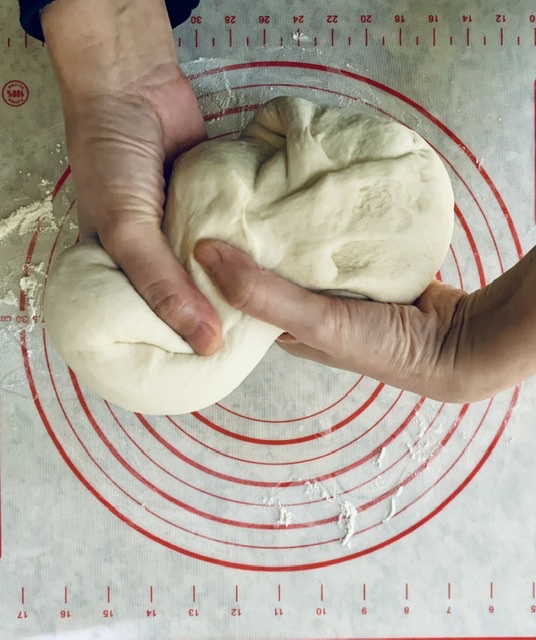
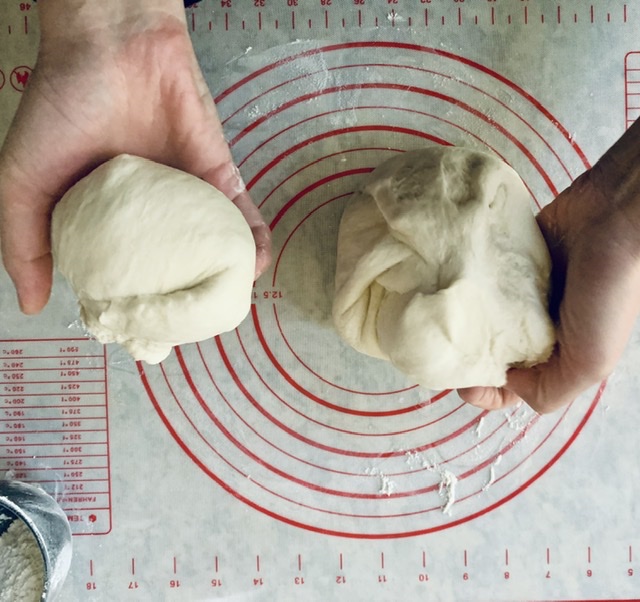
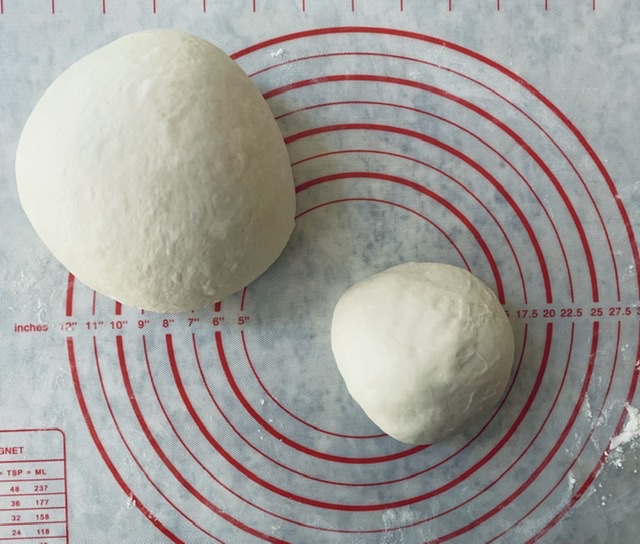

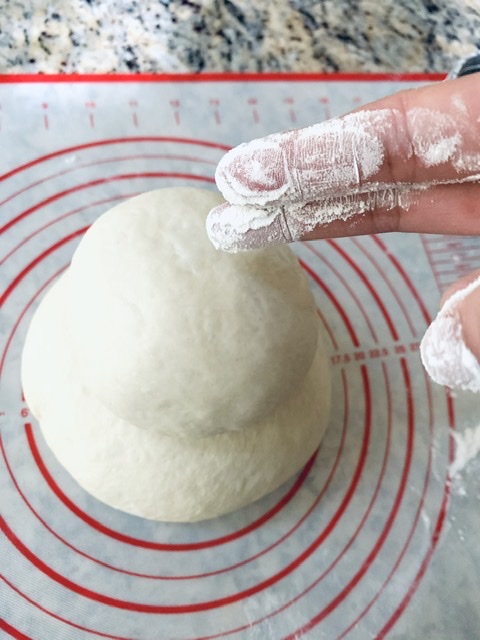

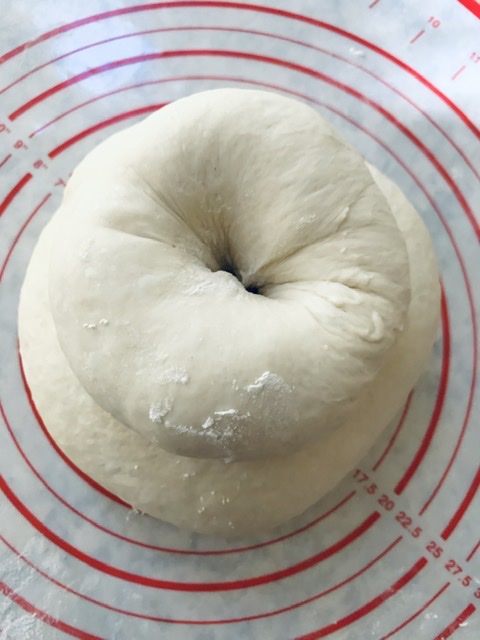
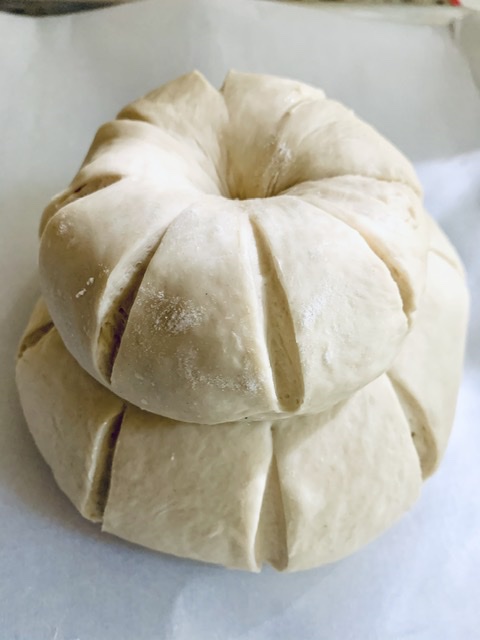
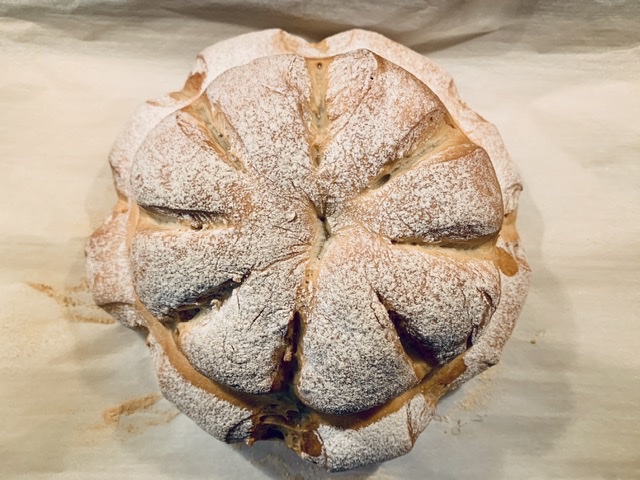
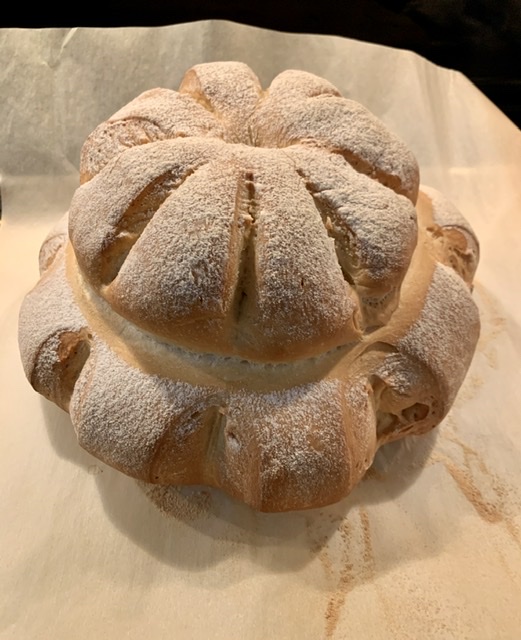
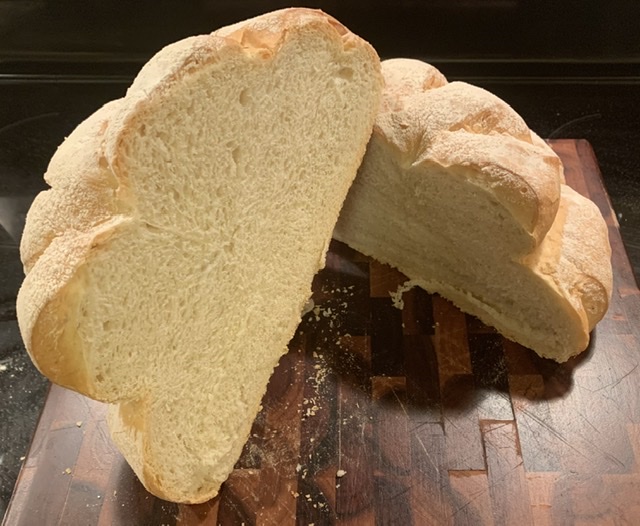
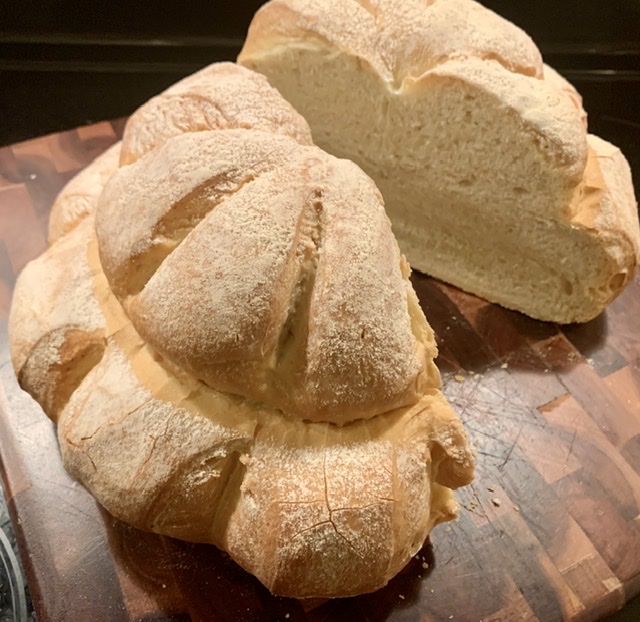
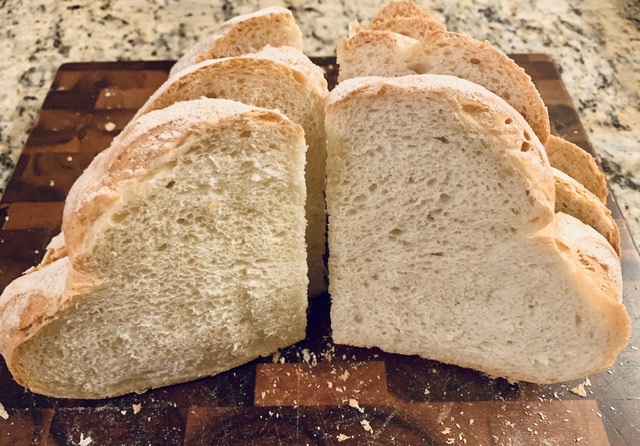
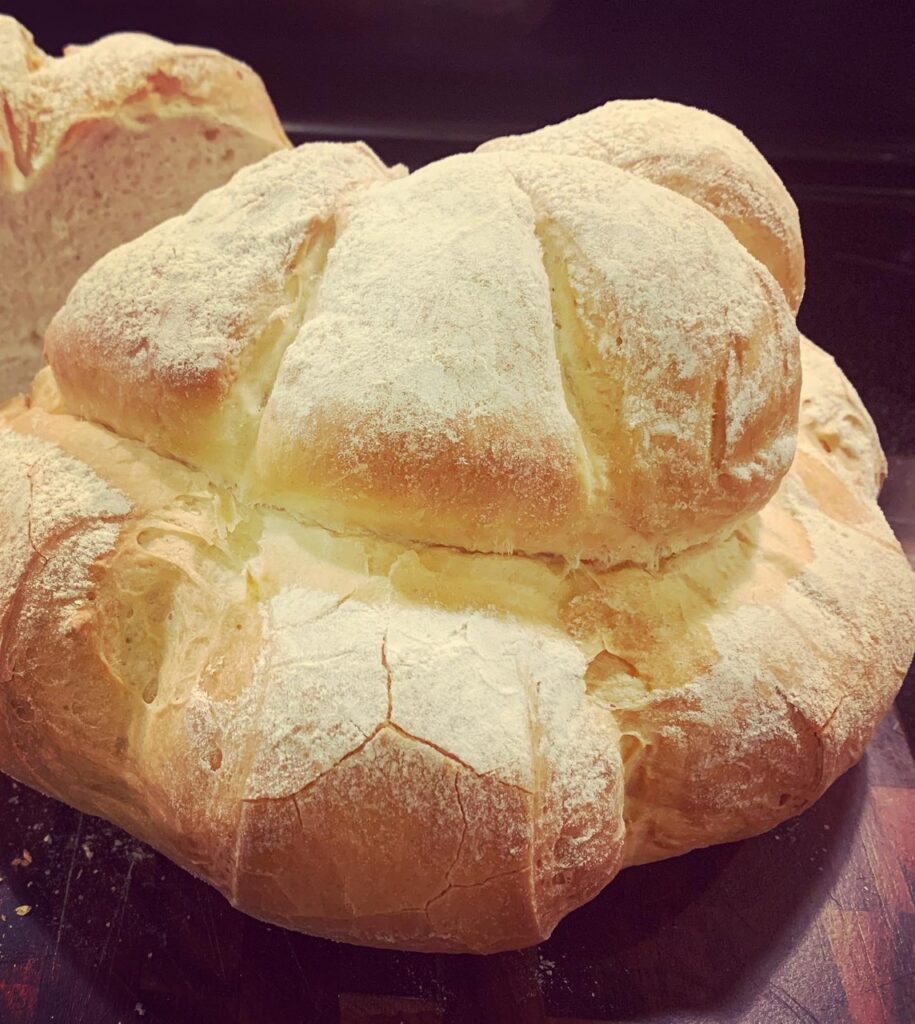

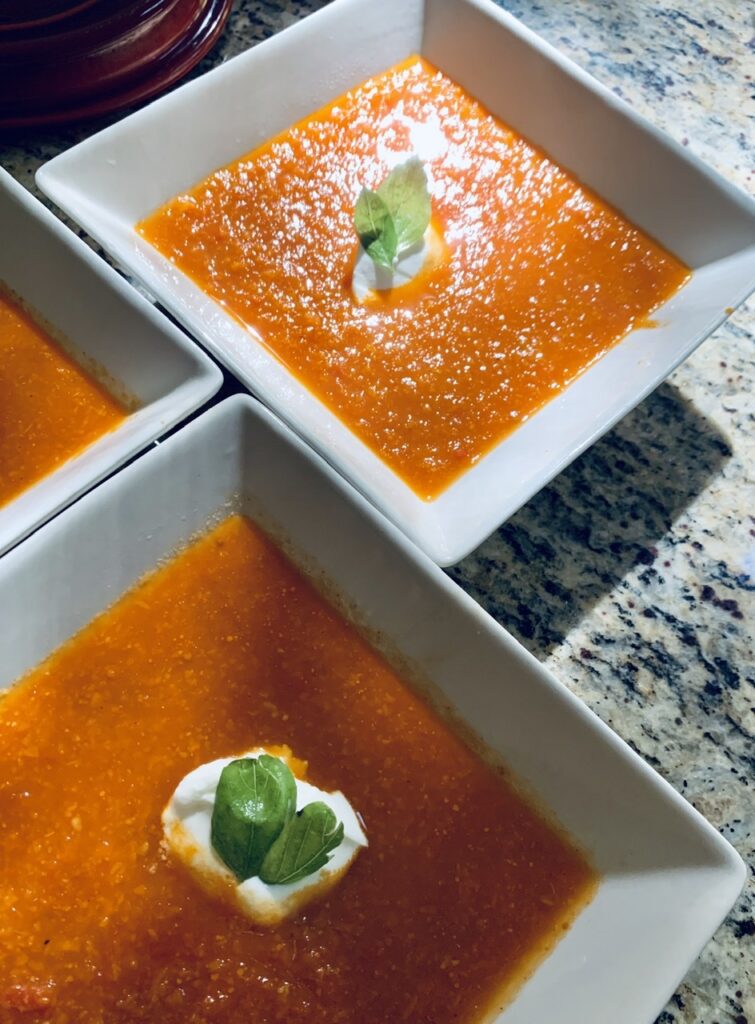


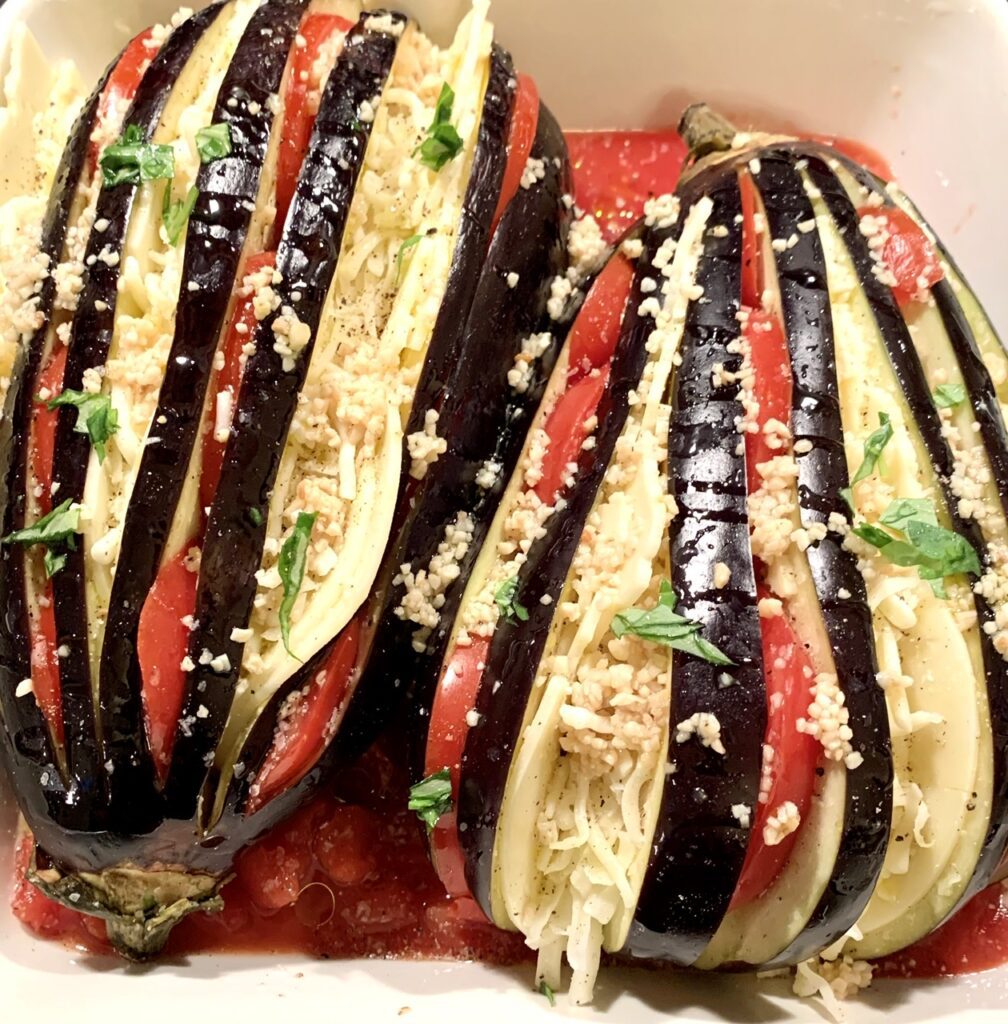
On the GB Baking show they added other ingredients to the bread, like garlic and cheese. Do you have a recipe for that?
Thank you!
Hi Heather, thanks for visiting. Garlic and cheese are wonderful upgrades! As a rule of thumb, for added flavors, simply mix in a teaspoon of your favorite dried spices to the ingredients. If using fresh herbs, use 2 teaspoon. For “heavier” items like cheese or dried fruits, I usually add about 1/4 to 1/2 cup of grated cheese to the a basic dough. You can experiment and adjust to your liking! Happy baking! – Jessica